Description
Alphabets: numerals, and devices of the middle ages Pl.08 by Henry Shaw printed on a T-Shirt
About the T-Shirt
Regular fit
Standard length, the fabric easily gives into movement
Casual wear
A classic, everyday option loved by our customers
Side-seamed
Constructed by sewing two parts together, creating a fitted look
The Unisex Staple T-Shirt feels soft and light with just the right amount of stretch. It’s comfortable and flattering for all. We can’t compliment this shirt enough–it’s one of our crowd favorites, and it’s sure to be your next favorite too!
- Solid colors are 100% Airlume combed and ring-spun cotton
- Ash color is 99% combed and ring-spun cotton, 1% polyester
- Heather colors are 52% combed and ring-spun cotton, 48% polyester
- Athletic and Black Heather are 90% combed and ring-spun cotton, 10% polyester
- Heather Prism colors are 99% combed and ring-spun cotton, 1% polyester
- Fabric weight: 4.2 oz./yd.² (142 g/m²)
- Pre-shrunk fabric
- 30 singles
- Side-seamed construction
- Tear-away label
- Shoulder-to-shoulder taping
- Blank product sourced from Nicaragua, Mexico, Honduras, or the US
Henry Shaw (1800–1873)
Henry Shaw was an English architectural draughtsman, engraver, illuminator, and antiquary.
Shaw was born in London on 4 July 1800, and first developed his drawing. He was elected a Fellow of the Society of Antiquaries of London in 1833. He died at Broxbourne, Hertfordshire, on 12 June 1873.
Shaw was employed by John Britton on his Cathedral Antiquities of England, supplying illustrations of Wells Cathedral and Gloucester. In 1823 he published A Series of Details of Gothic Architecture, and in 1829, with plates drawn and engraved by himself, The History and Antiquities of the Chapel at Luton Park; the florid Gothic architecture of Luton Park was destroyed by fire in 1843.
He contributed papers to the Proceedings of the Society of Antiquaries, including an ‘Account of the Remains of a Tile Pavement recently found within the precincts of Chertsey Abbey, Surrey’ (Proceedings, 1856, iii. 269–77). He edited in 1848 a reproduction of Walter Gidde’s ‘Booke of sundry Draughtes principally seruing for Glaziers, and not impertinent for Plasterers and Gardeners,’ originally published in 1615. He also designed or adapted, and drew on wood, the initial letters and all the decorative portions of Longman’s edition of the New Testament, published in 1864.

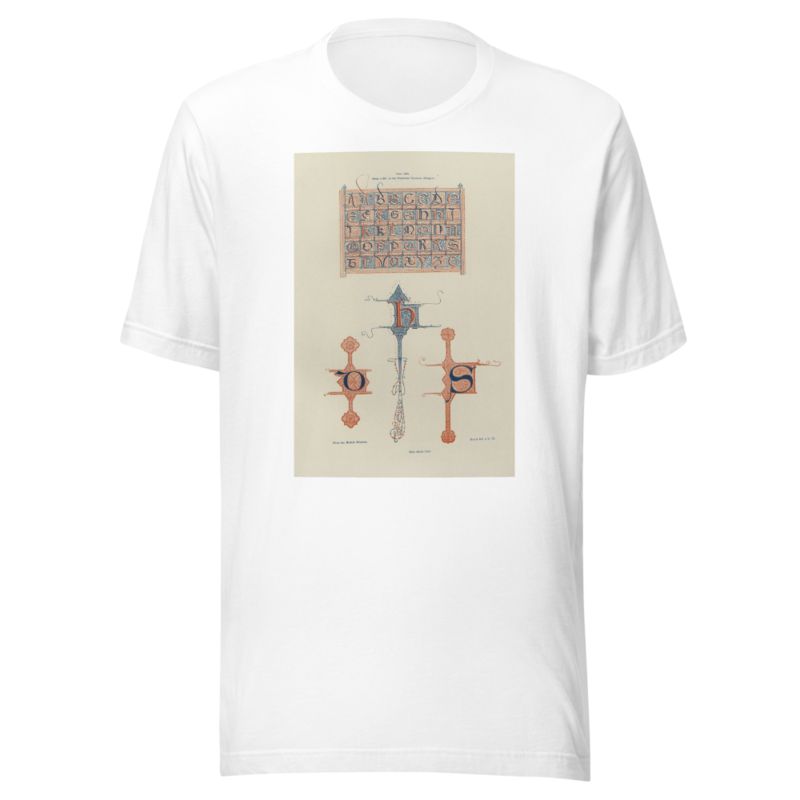
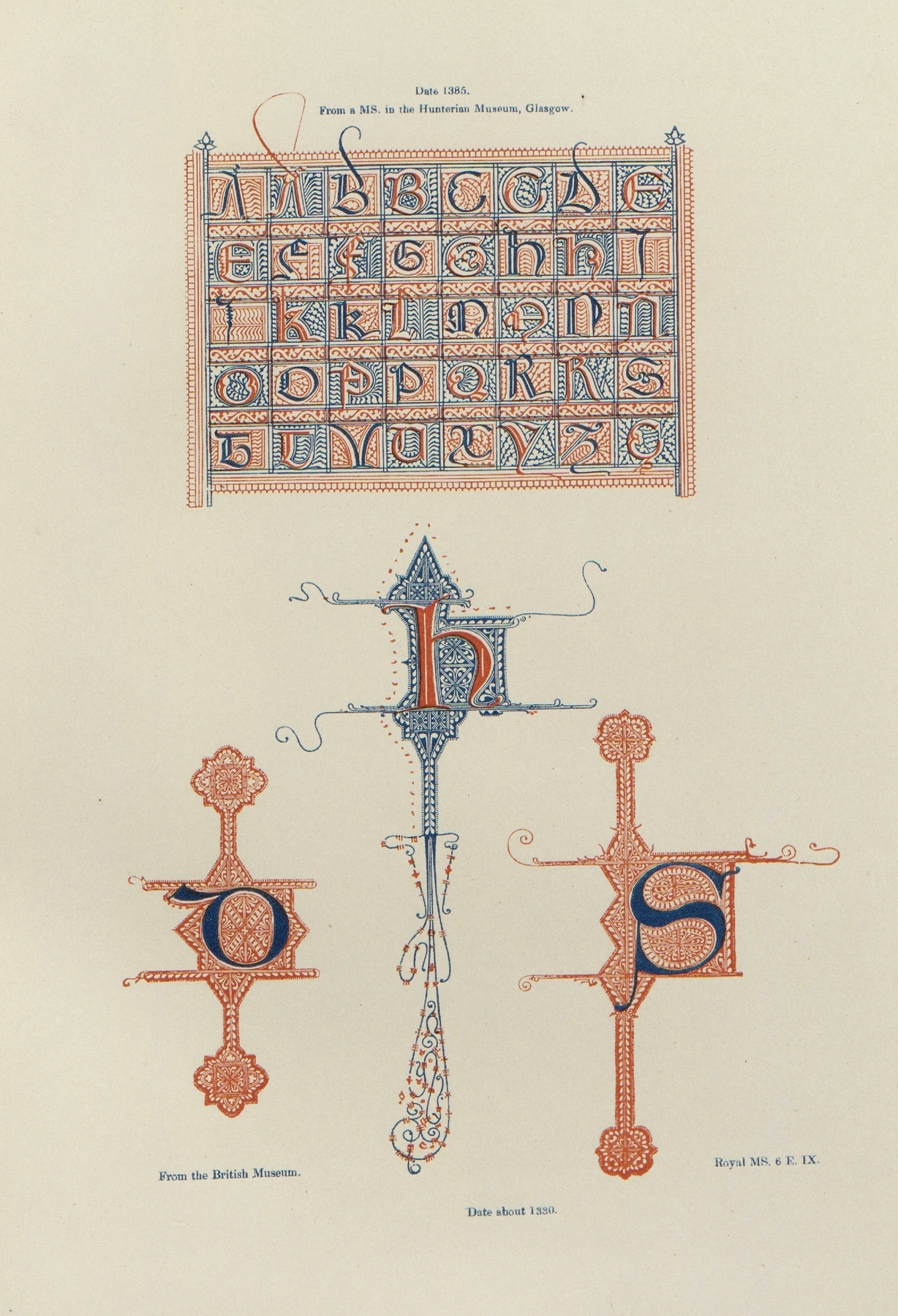
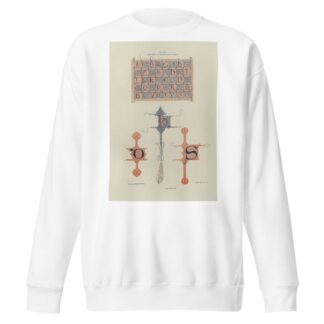
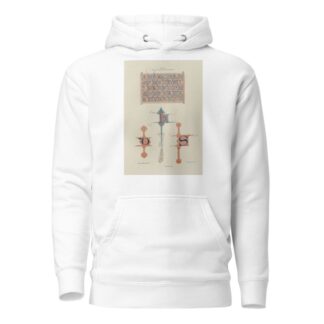
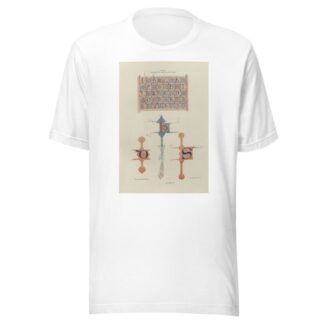
Reviews
There are no reviews yet.